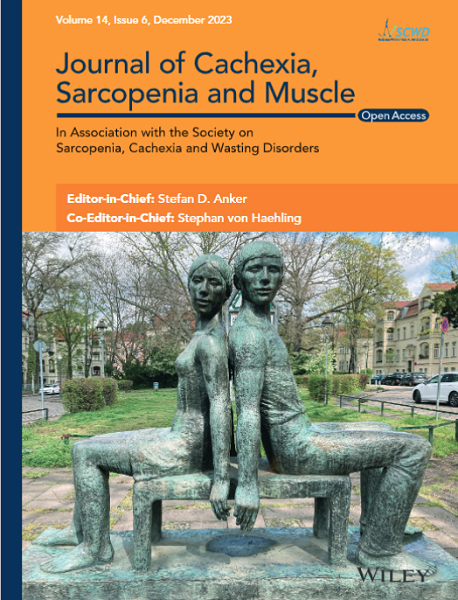Frailty is a chronic condition characterised by the progressive decline of multiple physiological functions. There is a critical need to investigate neuroimaging findings in nondemented frail individuals to better understand the underlying mechanisms and implications of frailty on brain health. This paper is aimed at reviewing neuroimaging studies assessing brain changes in nondemented frail individuals to understand the neuropsychological basis of frailty.
A systematic review was conducted on studies focusing on neuroimaging modalities in frailty, including MRI, fMRI, DTI and PET. The review was based on PRISMA instructions and a two-step screening process. The studies evaluating neuroimaging findings of nondemented frail individuals, regardless of publication time or participant age, were included. Data were extracted from the included studies, and the quality of the studies as well as risk of bias was assessed.
Out of 1604 studies screened, 22 eligible studies were included. Out of these, 10 studies had good quality, while others had fair quality according to the Newcastle Ottawa scale (NOS). Of these studies, 18 used Fried criteria or a modified version of it to diagnose frailty, while the Edmonton frailty score (EFS), Rockwood and Mitnitski frailty index and frailty index (FI) were implemented by the remaining studies. The MRI findings indicated significant differences in brain structure between nondemented frail and robust individuals, including an increased number and size of white matter hyperintensities, reduced grey matter volume, higher cerebrospinal fluid (CSF) volume and increased number of cerebral microbleeds (CMBs) in frail participants compared to the robust ones. The studies showed no significant difference between at-risk and robust groups regarding total intracranial volume (TIV). The number of CMBs was associated with prefrailty status and its severity. fMRI studies showed decreased intranetwork mean functional connectivity (FC) in nondemented frail individuals. DTI studies showed lower fractional anisotropy (FA), higher axial diffusivity (AD) and higher radial diffusivity (RD) in the nondemented frail group. The PET scan study showed that mean cortical beta-amyloid level was not associated with FI, but the accumulation of beta-amyloid in the anterior and posterior putamen and precuneus region significantly correlated with frailty and its severity.
The study reveals significant differences in brain structures between nondemented frail and robust individuals, including increased white matter hyperintensities and reduced grey matter volume. These differences suggest that vascular changes and brain atrophy in nondemented frail individuals may contribute to cognitive impairment and dementia in the future.



